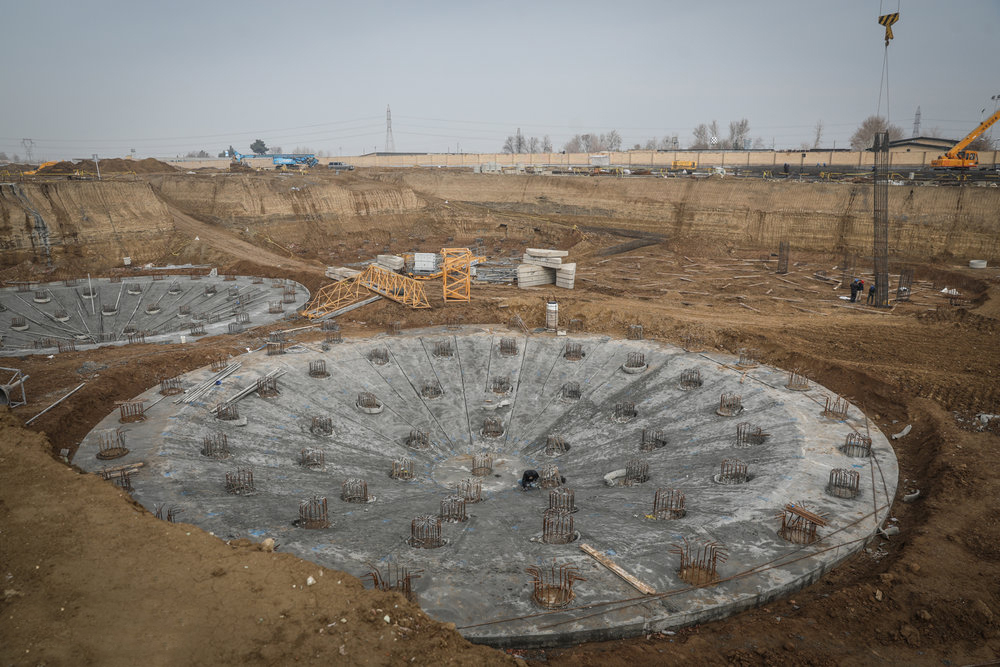By the end of the current fiscal year in March, on average, every three weeks one wastewater treatment plant will be launched in Iran and a water treatment plant will come online every month, director of the National Water and Wastewater Engineering Company of Iran (Abfa)
Hamidreza Janbaz said this Tuesday on the sidelines of the opening ceremony of Shahmirzad Wastewater Treatment Plant in Mahdishahr City, Semnan Province, the Energy Ministry news portal Paven said.
Most of the equipment and parts for the plant were manufactured by domestic companies. The treated wastewater will be used for industries and green spaces.
“It is expected that by the end of next year potable water will be available to more than 10 million people and 900,000 rural folks will have access to safe drinking water,” Janbaz pledged.
Iran’s water supply network stretches over 460,000 kilometers and expanding the grid to rural areas is a government priority.
The wastewater network is about 66,000 kilometers which carries sewage to 240 treatment facilities to be recycled and reused in industries and for framing.
Processing wastewater has become fundamental to the growth and development of industries and agriculture. One cubic meter of polluted water contaminates 40 cubic meters of clean water, which explains why collecting wastewater has become so critical to help protect the environment.
According to official reports 222 wastewater treatment plants are operational and total sewage treatment capacity is 11 million cubic meters per day.
Approximately 7.5 billion cubic meters of usable water is produced annually, of which 4.3 bcm is wasted.
If wastewater is not properly treated it can have dire consequences on human health and the rapidly deteriorating environment.
Besides contaminating drinking water, it can harm marine and wildlife, expand oxygen depletion, further restrict recreational water use and fish harvesting.
Underground water resources too are depleting rapidly as the water crisis emerges as a real and universal danger to which no long-term and noncontroversial solution has been found -- in and outside Iran.
Surface water sources and dams have also been adversely affected due to over consumption and waste. Per capita consumption of water in Iran is higher than the global average.
One reason is that water is heavily subsidized and much cheaper compared to most countries. The cost of water is a miniscule -- 0.4% in household expenses.


